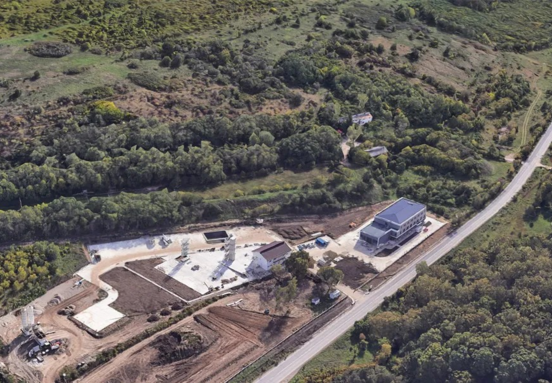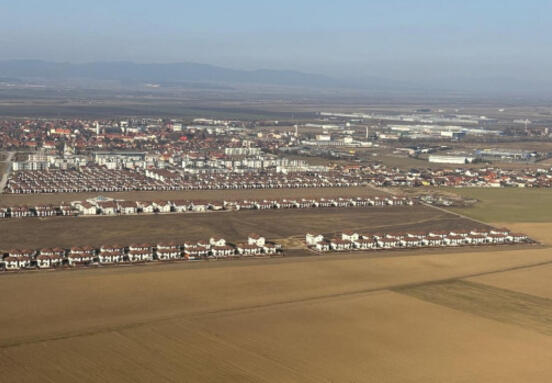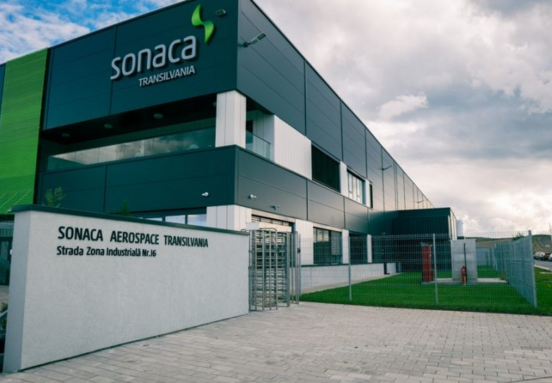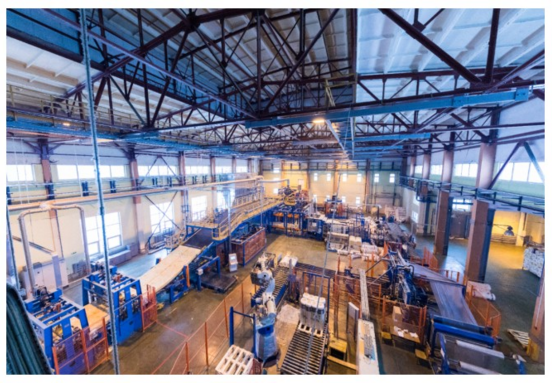The negative outlook assigned to the rating in 2012 reflects Romania’s lower GDP growth compared to similarly-rated peers as well as its exposure to uncertain global financial conditions, given the government’s relatively high annual debt-refinancing needs.
Moody’s says that Romania’s integration with more developed economies in Europe is likely to generate income and productivity benefits over the medium term. In the near term, however, Romania’s economic recovery may be moderated by its exposure to Europe, and its GDP growth rate is likely to remain lower than similarly rated peers outside the region over the next year.
Another constraint on Romania’s rating is its exposure to global financial volatility due to the reliance on external financing to meet government financing and private investment needs. Romania’s access to financial support from the EU, World Bank and IMF alleviates this vulnerability to some extent.
Moody’s notes that Romania has achieved significant fiscal consolidation over the last two years despite political volatility and lower GDP growth. An export recovery amid low domestic demand led to a current account surplus in the first half of 2013, while inflation has decelerated. However, still subdued GDP growth could temper government revenue growth, posing challenges to meeting its 2013 and 2014 fiscal targets.
Moody’s would consider stabilizing the outlook on Romania’s rating if fiscal consolidation continues and second GDP growth accelerates and was expected to sustain at higher levels or a reversal of current trends in banks’ asset quality and credit growth was likely.
On the other hand, downward pressure on the rating could develop if fiscal consolidation and current account adjustment were reversed; or Romania experienced a prolonged growth slowdown due to a decline in international competitiveness. (source: nineoclock.ro)






